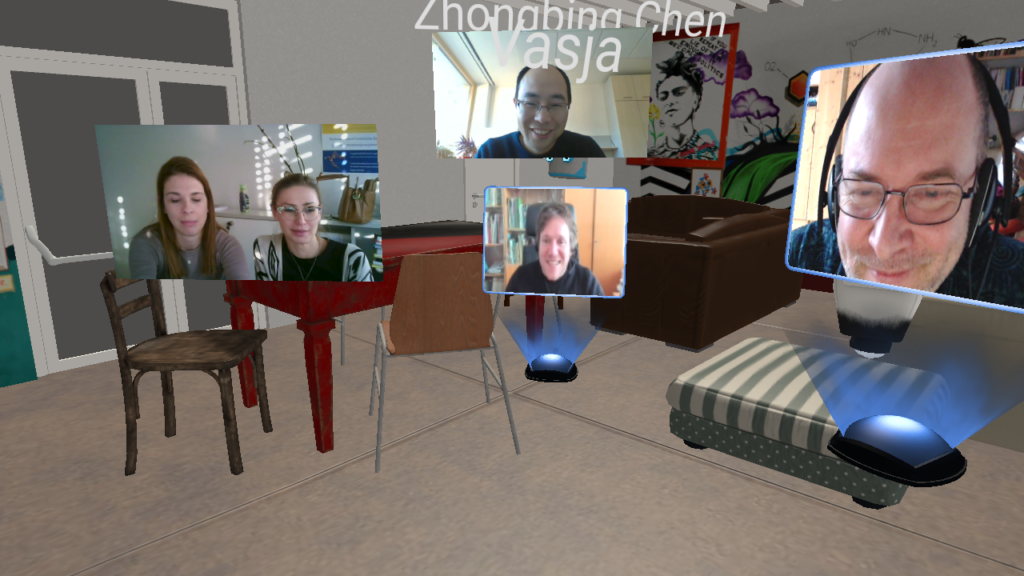KA226 Partnerships for Digital Education Readiness
COVIMO
Virtual Mobility Tools Site
VIRTUAL MOBILITY TOOLS
The Intellectual Output 1 - Virtual mobility tools
Coordinator: University of Natural Resources and Life Sciences (BOKU)
Bijnens, H. et al (eds.) European Cooperation in Education through Virtual Mobility: a Best-Practice Manual sees virtual mobility as a collaborative learning method, focusing on interculturality and knowledge exchange. Four types of virtual mobility can be considered as relevant:
- a virtual course or seminar,
- a virtual study programme,
- a virtual work placement,
- virtual support activities to physical exchange
The current approach supports all four of them.
The need for exchanging know-how and experience in advanced laboratory equipment from the distance as an inclusive element for partners with limited access to such tools and know-how has been chosen. Such virtual laboratory training in generic form exist but are relatively expensive.
Here the INNOVATION lies in transferring real-world labs at BOKU (starting at Core facility Mass spectrometry) into the virtual space, with interactive elements, but also links to personal exchange and additional specific training. This will be done by transferring the labs into a 3D environment and producing web-based learning and interaction with the lab equipment, supported with other online learning resources.
The TARGET GROUPS are teaching staff and students. Teaching staff will be involved in the production and testing, and quality assurance of the produced interactions. Students will be invited to test and provide feedback for improvement. The impact is improved access to otherwise inaccessible training and learning and can be well integrated into existing master programs, can be combined with physical exchange and learning activities, can be used for purely online learning and assessment.
The Intellectual Output 1 - Virtual mobility tools
Coordinator: University of Natural Resources and Life Sciences (BOKU)
Bijnens, H. et al (eds.) European Cooperation in Education through Virtual Mobility: a Best-Practice Manual sees virtual mobility as a collaborative learning method, focusing on interculturality and knowledge exchange. Four types of virtual mobility can be considered as relevant:
- a virtual course or seminar,
- a virtual study programme,
- a virtual work placement,
- virtual support activities to physical exchange
The current approach supports all four of them.
The need for exchanging know-how and experience in advanced laboratory equipment from the distance as an inclusive element for partners with limited access to such tools and know-how has been chosen. Such virtual laboratory training in generic form exist but are relatively expensive.
Here the INNOVATION lies in transferring real-world labs at BOKU (starting at Core facility Mass spectrometry) into the virtual space, with interactive elements, but also links to personal exchange and additional specific training. This will be done by transferring the labs into a 3D environment and producing web-based learning and interaction with the lab equipment, supported with other online learning resources.



